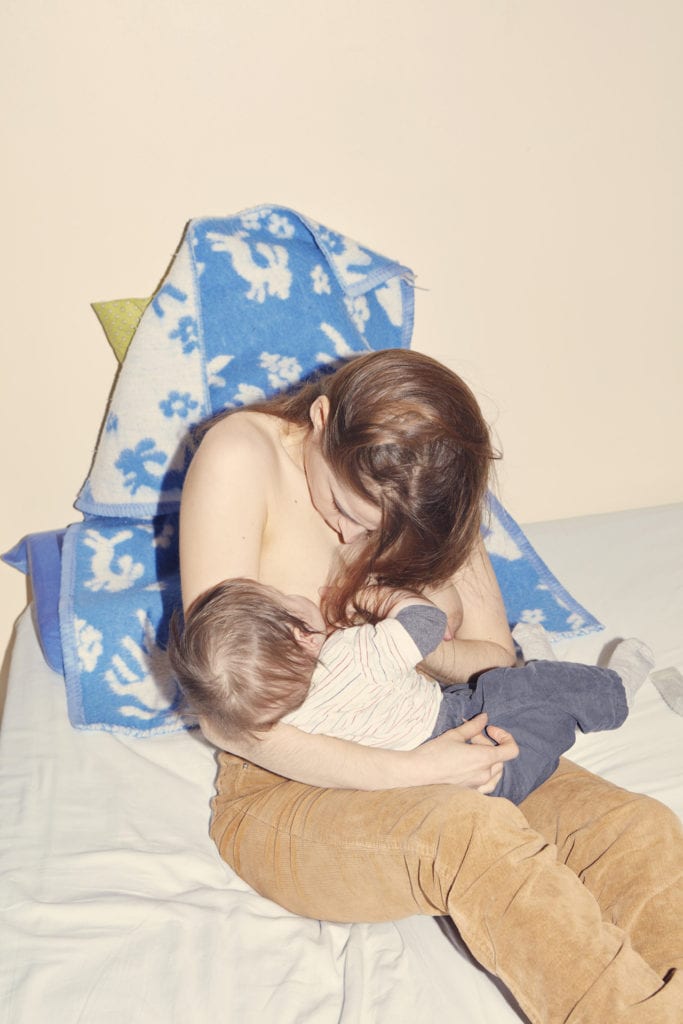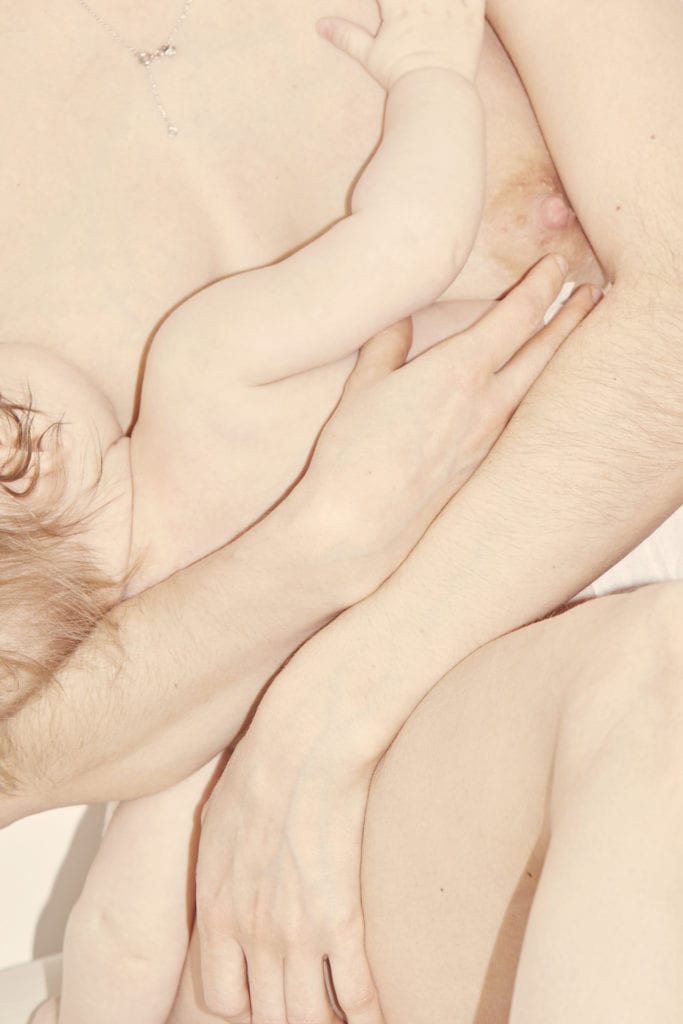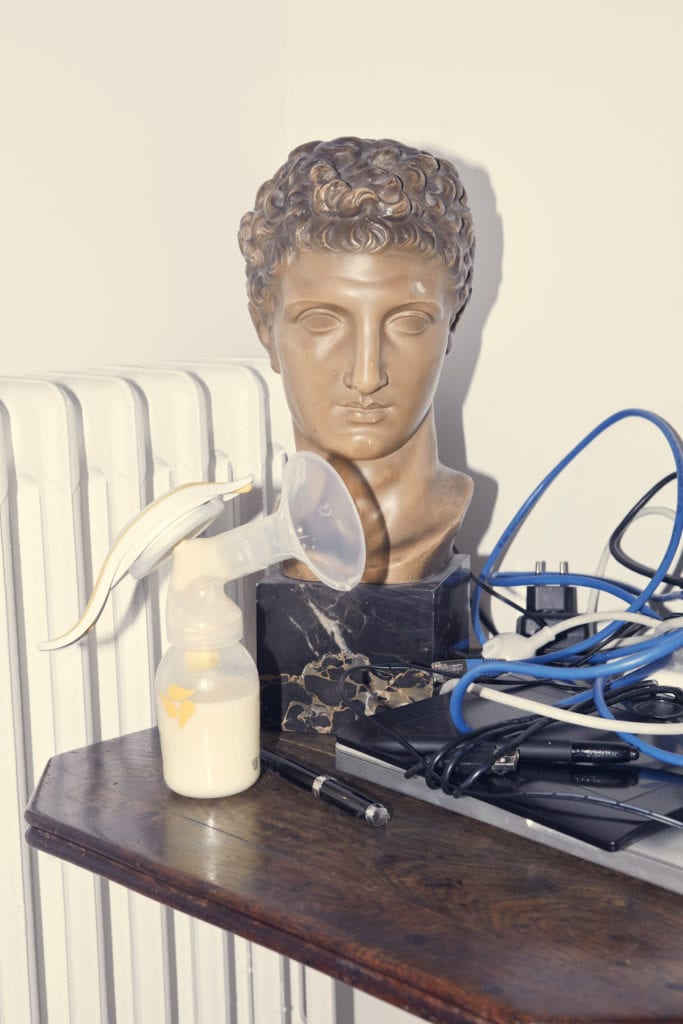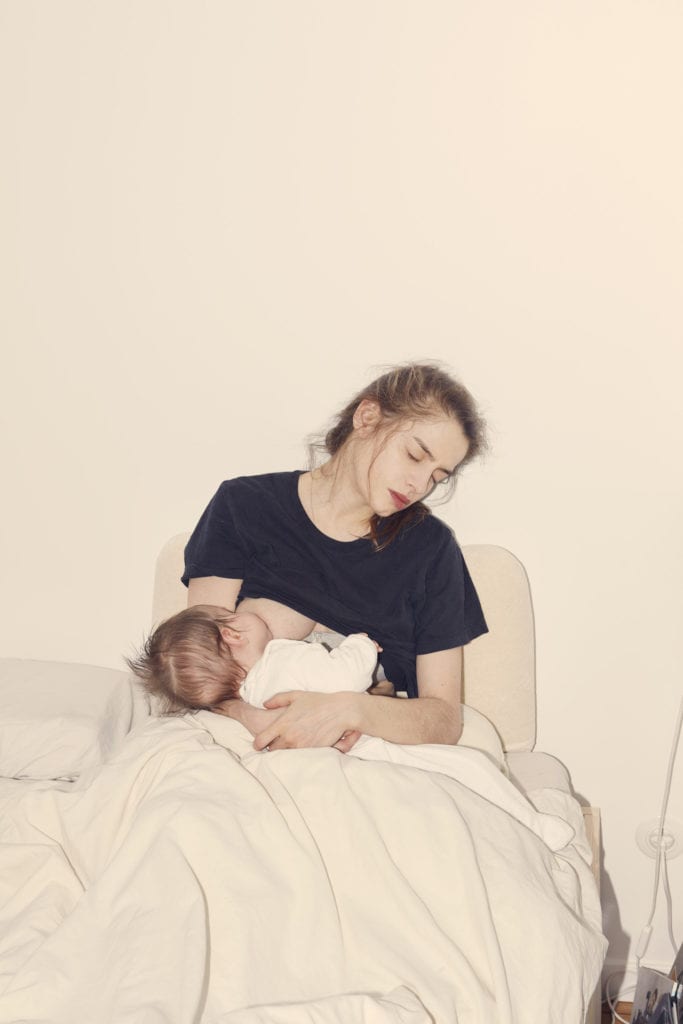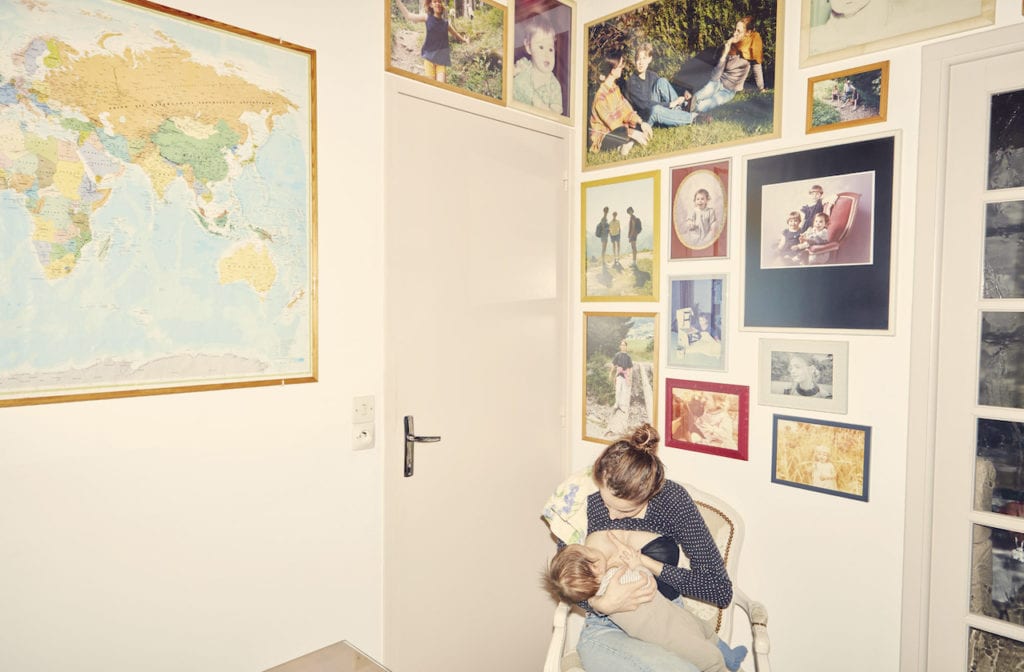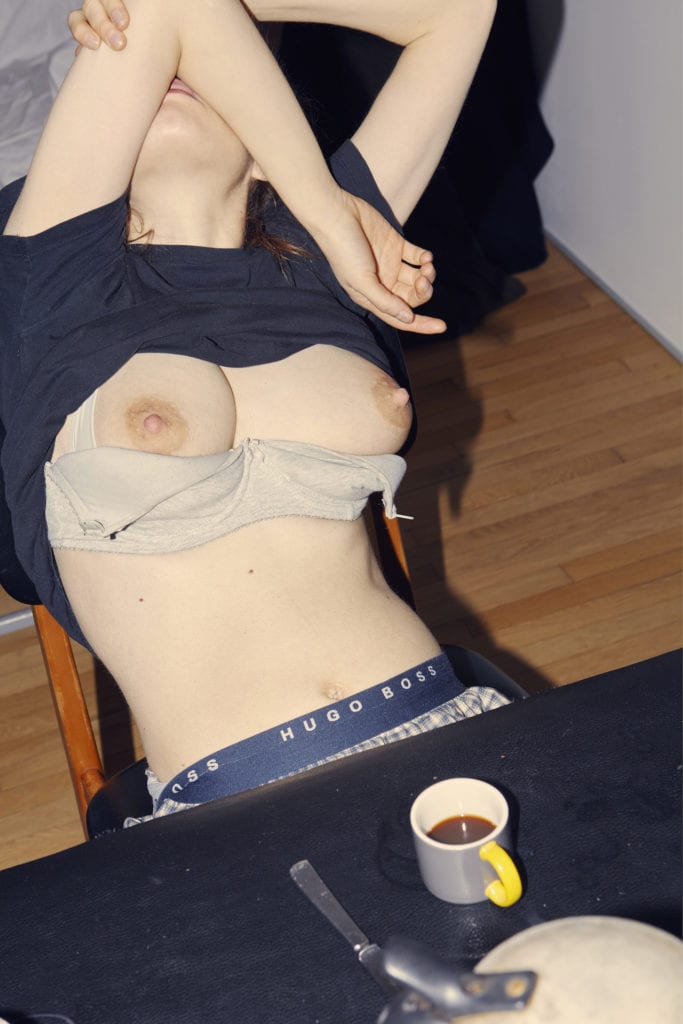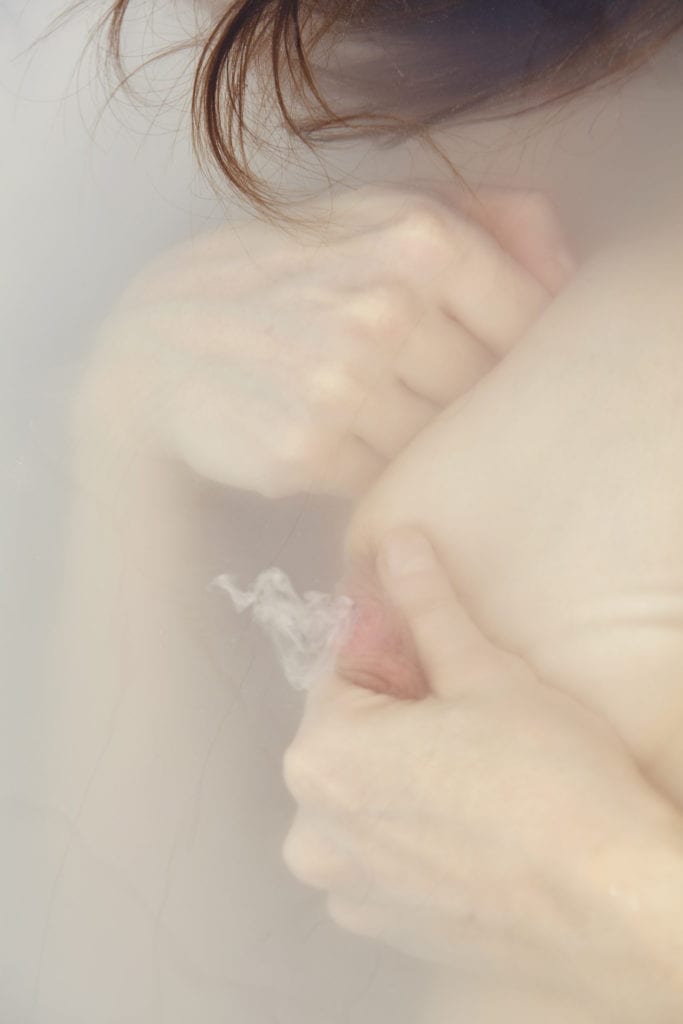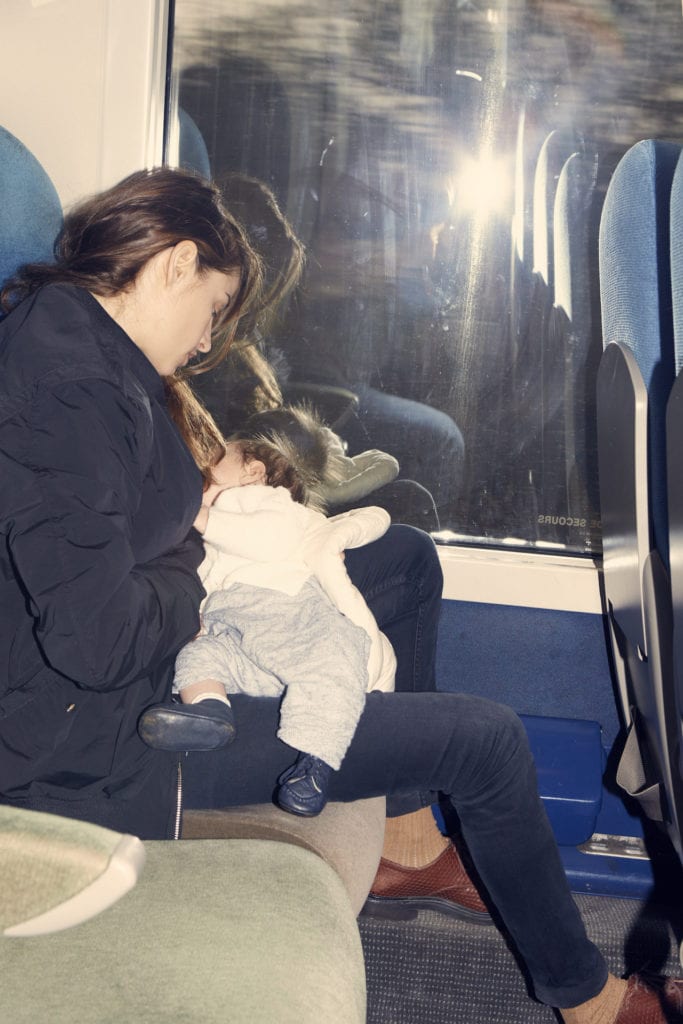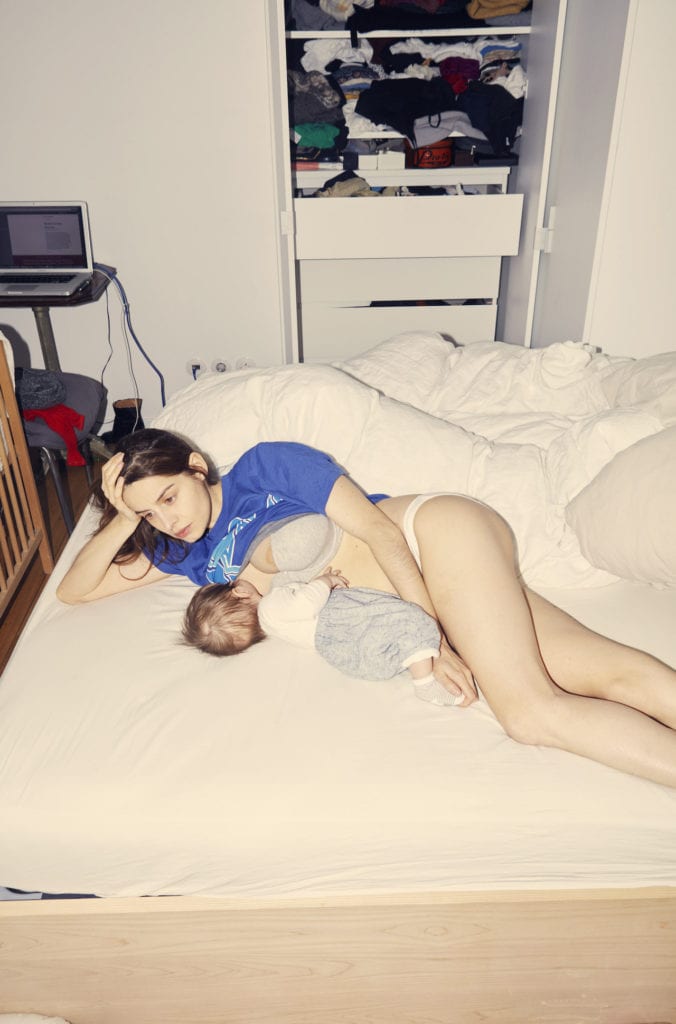In a powerful and intimate photobook, Vincent Ferrané has photographed one of the most natural things in the world – breastfeeding. After the birth of his first child, the French photographer was struck by the strength and resilience of his wife during the nurturing process, and started a six-month project to document how she and her child connected through it. Milky Way, the resulting series, demystifies an act that is so often hidden from view.
“I was struck beyond words by the beauty of these moments,” explains Ferrané. “When I say beauty, I don’t mean that it is only pure joy – these are ambivalent times of strength and emotion on one hand, but also difficult and sometimes harsh and tiring on the other.”
Ferrané regularly took pictures of his wife before she gave birth, and says that in this sense, he didn’t originally see this as a photoseries about breastfeeding – rather, he was a father creating a personal and candid series capturing these early moments in his child’s life. In the book, this creates a diaristic effect, conveying Ferrané’s emotions with each portrait.
“Taking pictures of people and moments you truly love is the most important thing,” he says. “During breastfeeding, as a father you are emotionally involved yet already in a distant position, so taking pictures gives you a role as a kind of ‘active spectator’. But picturing your own family is a real subject, especially toward the aspect of revealed intimacy.”
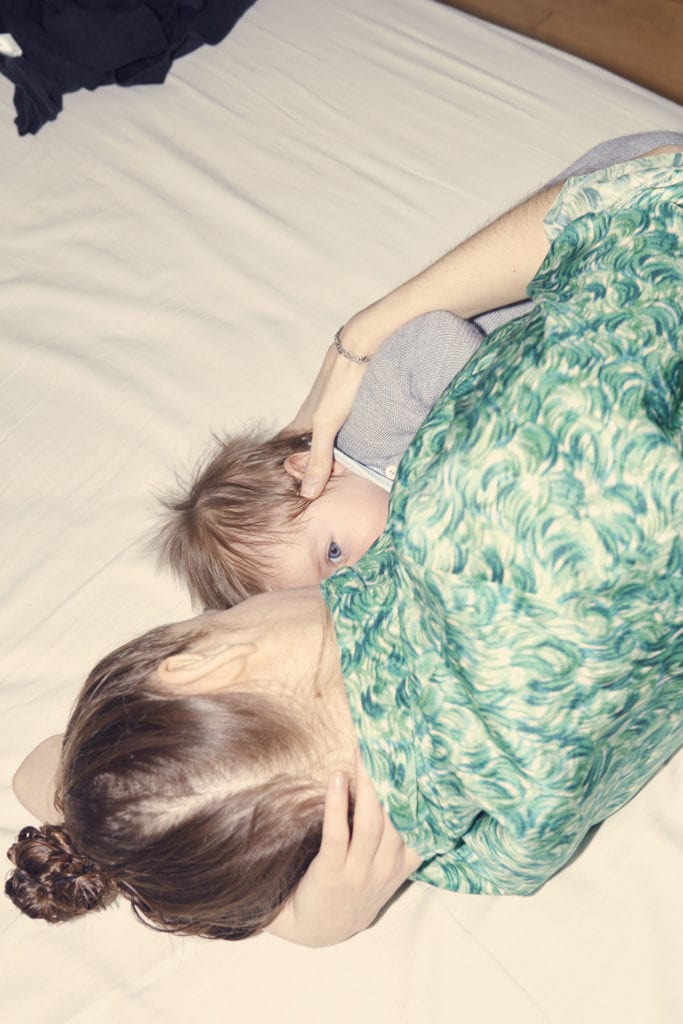
“The vernacular side of this experience was very important to me,” says Ferrané. “It shows how the baby will gradually become such a big part of your existence. So I wanted to place so-called ‘noble’ images of breastfeeding with everyday experiences that lactating women know well on the same level, like engorged breasts relieved by taking a bath, or the fact that the baby is spitting up.”
This matter-of-factness may also combat a less positive aspect of breastfeeding – the low rates of breastfeeding in Western countries, and the spats in which women are shamed for publicly breast-feeding. Ferrané didn’t have this in mind when he started the project, he says, but adds that it’s certainly something he considered when he published his book.
“Doing this series doesn’t make me a specialist of ‘breastfeeding’ as a social issue, but during my involvement with these images, I sadly realised how much women still have to fight to normalise breastfeeding,” he says. “Breastfeeding in public is complicated and when my partner returned to work, drawing her milk created delicate moments. There was no private space or provision for that [in her workplace]. You have to be really militant to breastfeed beyond 10 weeks in France I think.”
As Ferrané points out though, this lack of social awareness is nothing new – the photographer quotes the French literary canon, referencing a Molière play from the 17th century in which a character is told to cover up their bosom, which “offends” the crowd. For Ferrané, there needs to be a change in how breastfeeding is presented – both in France and around the world.
“It begins at birth, the various health professionals you meet as parents – the paediatricians, nurses, midwives – have very varied speeches on breastfeeding. After birth, in France, you are expected to leave the maternity unit quickly, within three to four days, and the baby must gain some weight before that. Therefore, artificial milk can rapidly be introduced, which can discourage mothers from breastfeeding,” he explains.
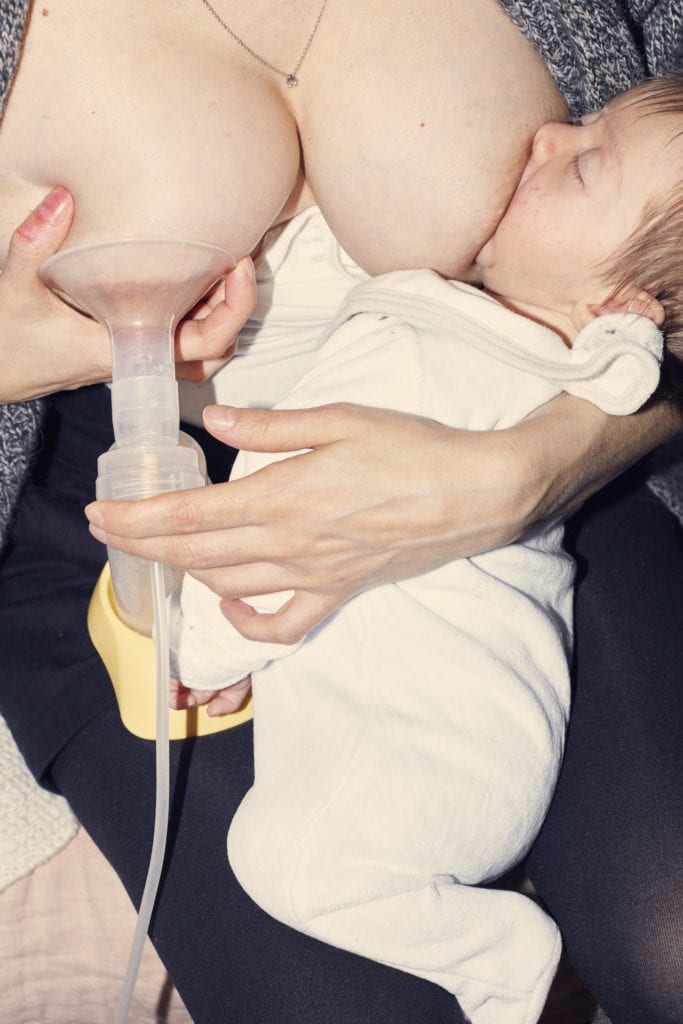
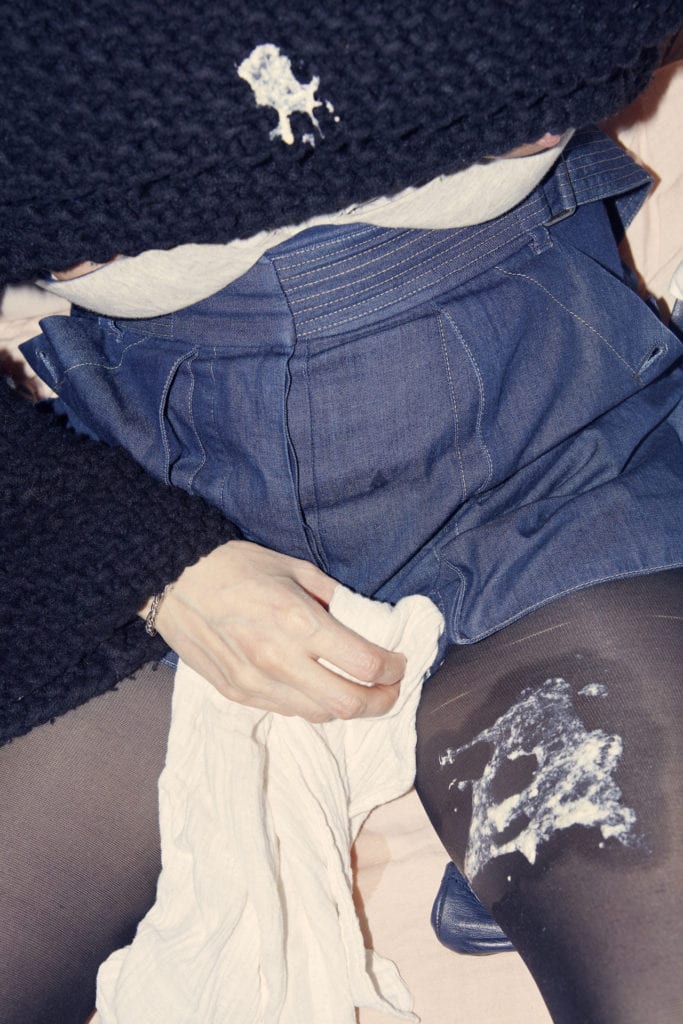
“But things are changing and the warm welcome that these pictures get shows that a good way to normalise breastfeeding is to look at every aspect of it – its incredible joys, its occasional pains, its constant demands.”
There are elements of nudity in the photobook, which Ferrané says are deliberately done to reclaim the breast as a natural way of nourishing and feeding, rather than solely as a sexual fetish, which has led to a prudish attitude to breastfeeding. “My wife and I agreed that elements of nudity in the series, like a lactating breast for example, were not ambiguous but were revealing one role of a mother in a meaningful, modern and strong way.
“It is obvious that to say that the body of woman is often eroticised in modern iconography. More often than not, it embodies the indirect desire for something else, a consumer good in general. In this series, the idea is not so much to try to desexualise the body but rather to render its function, to show the beauty and poetry inherent in this function – for example, to restore the breast, the nourishing and powerful function that is refused too often. In this female body, I see a woman and a mother at the same time.”
Ferrané has described the experience of having a baby as a “small revolution” and says creating the photoseries has made both husband and wife even closer. “I have simply seen breastfeeding as an act of life and love that is not always an easy task, and that therefore is deserving of encouragement in its all dimensions – psychological, physical and social,” he says.
Milky Way is published by Libraryman, RRP €45 https://vincentferranephotography.com/
